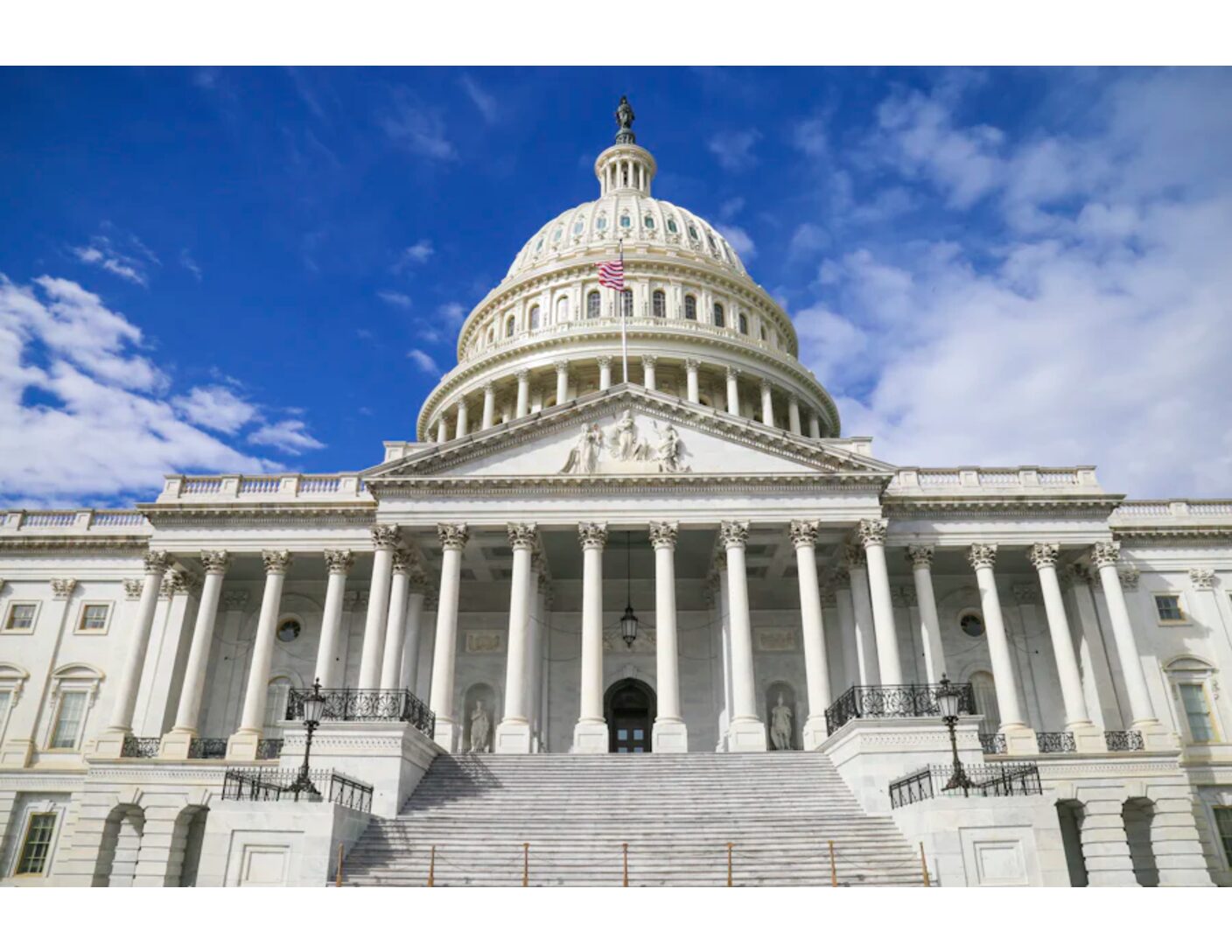
The National Nuclear Security Administration’s weapons programs would be authorized for slightly more than requested and its nonproliferation programs for slightly less if a defense bill published Monday becomes law.
The House Armed Services Committee released the bill and report language for the 2025 National Defense Authorization Act (NDAA) on Monday and planned its annual marathon markup of the bill, which sets policy and spending limits for defense programs, on May 22.
Overall, the bill recommends a little less than the request for the National Nuclear Security Administration (NNSA), but nearly $1 billion more than the 2024 appropriation.
Some of the recommended increase in the weapons program comes from the $70 million the draft NDAA would provide for a sea-launched nuclear cruise missile (SLCM-N) warhead.
The NNSA requested no money in 2025 for the congressionally mandated, sea-launched warhead, but NNSA Administrator Jill Hruby last month told lawmakers the weapon was among the agency’s unfunded priorities. Hruby also said the NNSA would consider templates for the weapon other than the planned W80-4.
Also in the weapons portfolio, House lawmakers authorized $20 million more than requested for manufacturing high explosives at the Pantex Plant in Amarillo, Texas.
In the bill, NNSA overall would get $29.95 billion, about $130 million lower than the roughly $30 billion requested for 2025. Weapons Activities would be about $19.98 billion, some $130 million higher than the request, while the Defense Nuclear Nonproliferation account would come in at about $2.5 billion, roughly $30 million lower than the request.
The House NDAA top line for NNSA would still be about $820 million higher than the 2024 appropriation.
In report language appended to the bill, lawmakers also called for a series of reports about NNSA sites. Some of these include: recapitalization of facilities at Pantex; Pantex’s resilience to natural disasters; transfer of responsibility to NNSA for the Savannah River Site in South Carolina; removal of unexploded ordnance on Native lands; and countering unmanned aerial systems, maintenance.
Outside of the NNSA, the House committee’s bill said the U.S. would continue to keep a human in the loop when it came to presidential decision-making about using nuclear weapons.